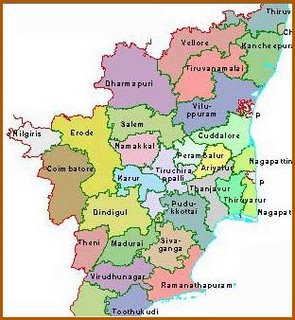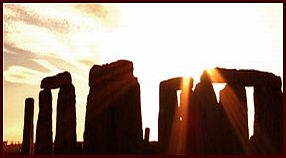Giripradakshina of Arunachala is regarded as most auspicious but to perform circumbulation of the Hill on the first night of the lighting of the Deepam flame (this year December 3rd) is regarded as the most blessed day, regarded holiest in the Arunachala calendar.
The 'Skanda Purana' tells of the legend in which the Goddess in order to expiatiate her sin of slaying the demon Mahisasura, completes her austerities of atonment on the evening when Krittika was in conjunction with the Moon in the month of Karthika (November-December). The Goddess says to the Lord:
"O Lord of Devas, this refulgence has been shown by you who are endowed with grace. It has been seen by Devas and human beings directly in the month of Karttika at the great festival of the conclusion of my holy observances. Let your great refulgence be seen (on the day) with the constellation named Karttika. By seeing this supreme brilliance every year, let all the creatures be liberated from all sins."
In further propiation of the Goddess' penance the Lord and the Goddess merge into each other with their bodies uniting into the form of Ardhanarisvara; showing the form of Shiva and Parvati.

"It was as though two objects were simulataneously perceived in close proximity. In one half it was as white as camphor and in the other half it is as red as red lead. The body of a single unit was highly wonderful. In one-half there was flowing tresses. In the middle of the necklace there was a flower. The body of the crescent moon-crested Lord had silk in one-half that was beautuiful with a single anklet, ear-ring and bracelet. The body of the companion of Kubera shone with a single breast . . ."
Siva said: " . . . This Durga, the destroyer of Mahisa, the deity born of your part, shall be present here itself, yielding the Siddhi of Mantras to men . . . Here in the sacred place of Aruna I shall also remain by the name of Aruna. You shall also be here by the name of Arunadevi. Since Aruna and the Lord are always present here, all the siddhis will be easily accedssible in this holy spot of Aruna to those who entertain a desire for them."
The Deepam festival follows the moon calendar so each year the date is different however it always falls when the star Krittika is in conjunction with the Moon in the month of Karthika (November-December). To find out the dates of upcoming Poornimas (full moons) and Deepams through to the year 2009, please check the following link:
http://www.arunachalasamudra.org/fullmoon.html












































